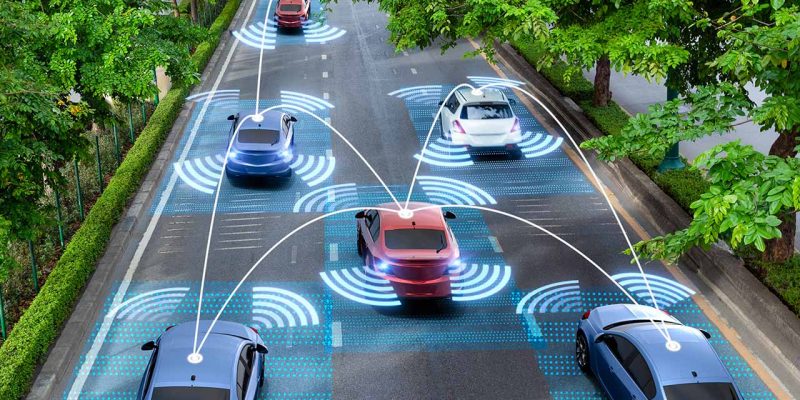We’ve all been on both sides of it: Celebrating when we make it through a light just as it’s changing colors, or shouting (maybe read cursing) as the driver in front of us pulls away too slowly and we get stuck at red. Driving through an intersection can take between 2 minutes to 2 hours depending on your luck. But what if you got that feeling of hitting a green light every time you drove through a junction?
MIT researchers recently demonstrated the impact of connected autonomous vehicles (CAVs) to not only cut traffic, but also reduce emissions. Often when a new eco-friendly solution is presented, it can be inconvenient or it takes a lot of work to get it to a place where it benefits the public. But with CAVs, it’s a win-win. The study predicts 20% less travel time and 25% fewer emissions if CAVs are adopted fully — and amazingly — at least half those results if CAVs replace just 25% of manually-driven vehicles. That’s a HUGE drop on car emissions from just a single solution.
In the study, researchers Vindula Jayawardana and Cathy Wu developed an algorithm where an AI CAV system communicated with upcoming traffic lights to signal an optimal speed when approaching an intersection. The AI was rewarded for both keeping traffic moving quickly and also not allowing cars to fully stop, so that they were more fuel efficient. For now, this model only works for simple intersections, but the team isn’t letting that stop them. Jayawardana and Wu are putting the pedal to the metal by looking into how multiple lanes impact travel time, diving deeper into how traffic works with CAVs and humans on the road together, and the overall safety impact of more CAVs on the road.
For more details, check out the MIT News article on this topic.


















Comments